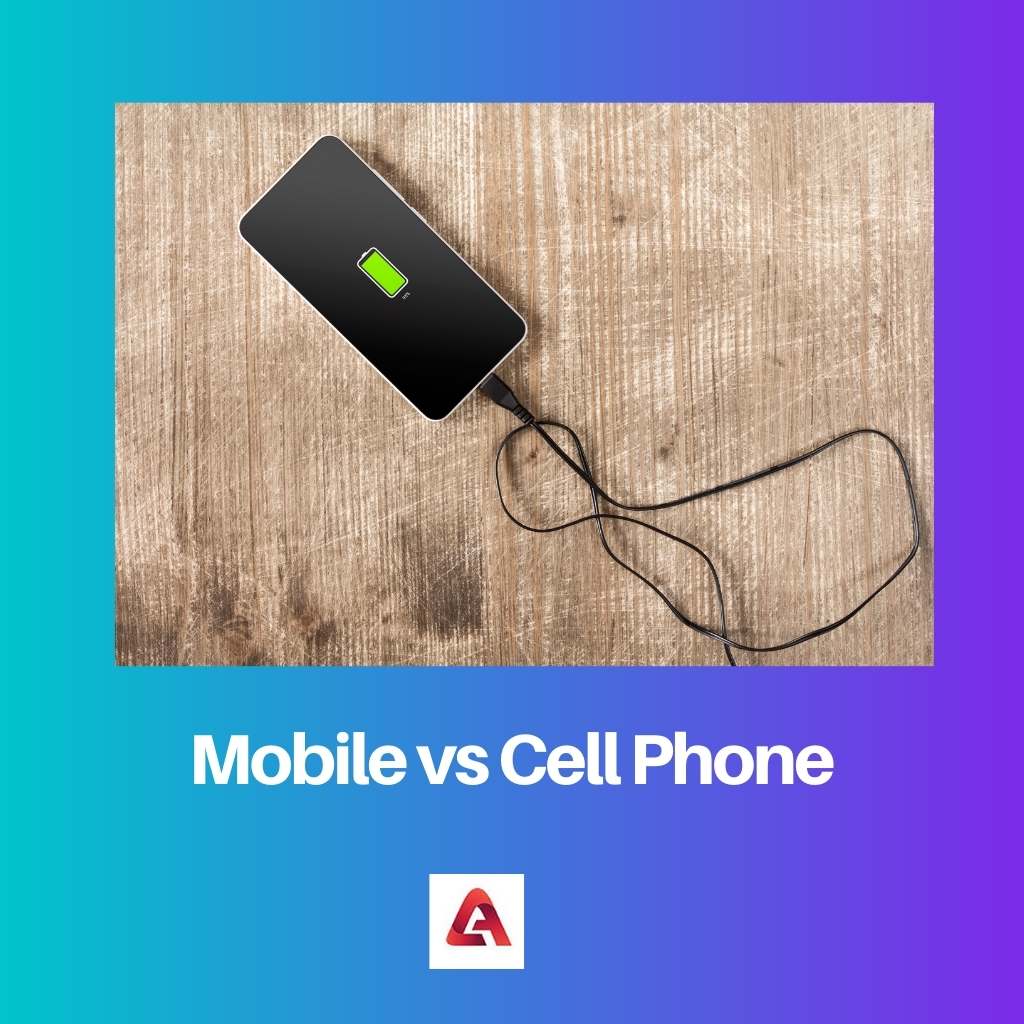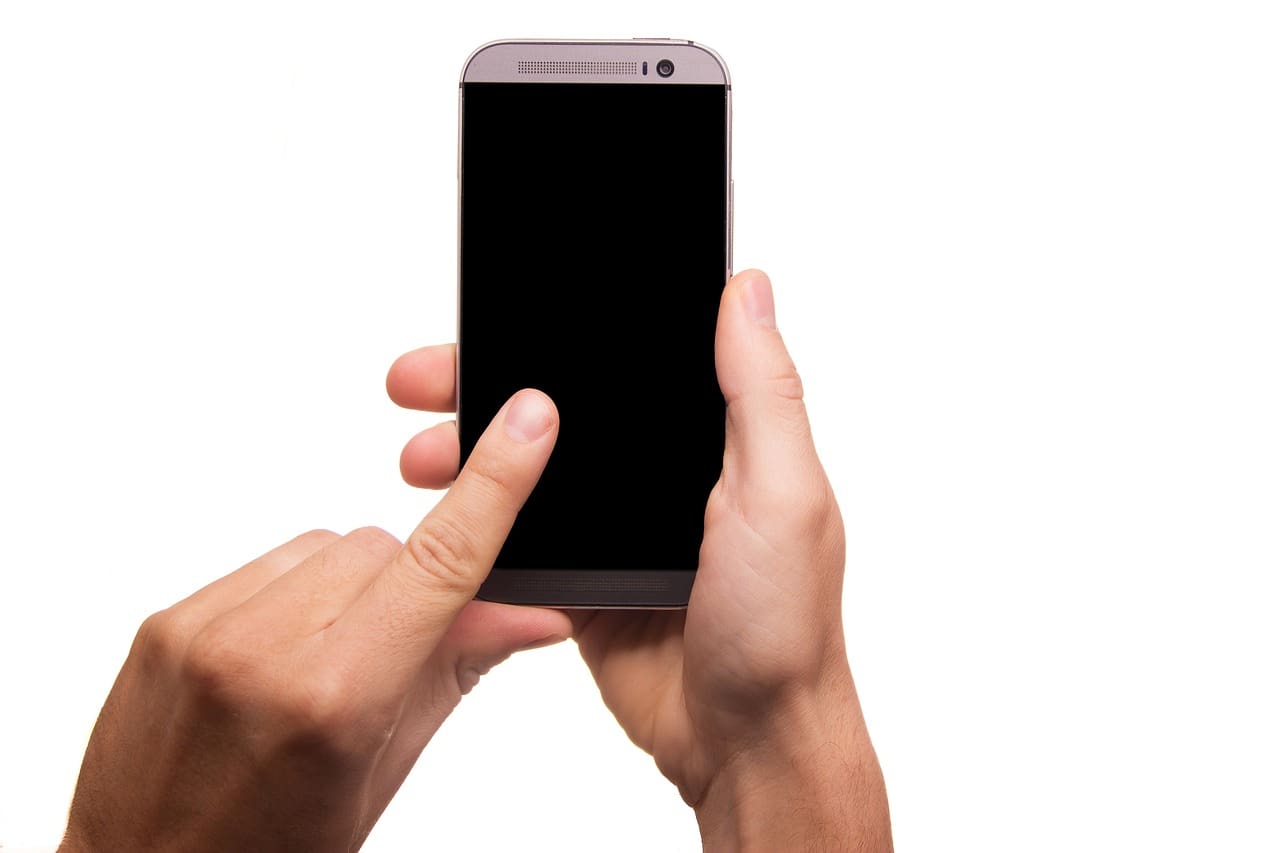Gone are the days of wired connections, when we had to sit next to an instrument to communicate with others. These days it is about hands-free sets that allow us to keep moving while interacting. Mobiles and cell phones are popular options for staying connected with ease.
Key Takeaways
- Mobile phone is a general term for portable communication devices, whereas cell phone refers explicitly to devices using cellular network technology.
- Mobile phones encompass various technologies, including cell phones, satellite phones, and Voice over Internet Protocol (VoIP).
- Cell phones connect through a network of base stations, while other mobile phones use alternative communication methods.
Mobile vs Cell Phone
The difference between mobile and cell phones is that mobile phones are portable devices to make calls. Being portable, it provides an opportunity to speak outside your home or any destination if you are travelling. Cell phones are electronic devices to make calls, provided they are a cellular network within range. The technology utilized is a cellular network, which gives the name cell phone.

Adding mobility and convenience to communication led to the creation of the mobile phone. It is battery-operated and light in weight to enhance portability. It is equipped with an antenna to capture the signal from the service provider through a broad-reach of area. Along with making calls, they support many applications.
Cell phones get the name of cellular technology, and they are portable electronic devices used for calling within the cellular network. The cell phone coverage is vast, and the connection does not drop while speaking. The term cell phones are popular in the United States.
Comparison Table
| Parameters of Comparison | Mobile Phone | Cell Phone |
|---|---|---|
| Description | It describes the quality of the phone. | It describes the technology. |
| Popularity | This term is popularly used in Britain. | This term is popularly used in the US. |
| Utility | Created for mobility. | Has limited mobility. |
| Operation | Controlled by batteries. | It can be operated only a few meters away from the phone. |
| Type | Wireless | Cell phones are also wireless and utilize technology. |
What is a Mobile Phone?
The first hand-held mobile phone was revealed in 1973 by John F. Mitchell and Dr Martin Cooper of Motorola. The handset weighed approximately 1kg or 2.2 pounds. The first handset to make calls was utilized in Japan by NTT. These were functional in the metropolitan area of Tokyo.
The telephone has seen an evolution over the years from stand-alone dial sets to pushbutton, which has been significant progress. The bulky handsets got replaced by smaller handy mobile phones that are battery-operated and light in weight. The antenna acquires the signal from the cellular towers within its range.
The mobile phone gets its name due to mobility and can be carried and utilized everywhere. These wireless devices could be satellite phones, wi-fi phones, or a cell-phone. Calling through these wireless devices is possible using radiofrequency transmitting towers. Communication through satellites is possible through mobile satellite phones.
The humble mobile phone evolved with games, necessary utilities, and even supported internet applications. The primary mobile, referred to as feature phones, are still widely operated for calling purposes. The term mobile phones are popular in the USA.
Through the evolution of the mobile, a few components have remained the same. They include the standard Li-ion batteries, the power source of the mobile. It needs to be replaced based on usage, and the dialling system has been upgraded to the touch screen version.
It requires a mobile service operator for the signal to receive or dial calls. It is made possible through the SIM card provided by the operators.

What is a Cell Phone?
Cellular network technology is a synonym for cell phones. The cell-like structure of the network provides the name of cellular technology. The name cell phone has technically got nothing to do with the handset. As long as the signal is to a cellular network, that technology gives the name cell phone.
The term cell phone can be interchangeable with cellular phone and mobile phone. The term smartphone means a cell phone which offers advanced features other than calling and SMS service. Motorola was the first to develop a commercial cell phone between 1973-1984. The sale of cell phones began in the year 1984.
The initial cell phone was a giant 28-ounce DynaTAC 8000x, with an enormous price tag of $3,995. Within 30 minutes of usage, it required charging. It is an obsolete model compared to the cell phones available currently. There are around 6 billion cell phone purchasers.
Cellular network:
A cellular network comprises cellular towers distributed throughout the county. Major cell phone providers have their cellular coverage provided to their customers. The signal travels to the nearest tower or mast when a call gets placed. It then relays to a switching tower closest to the handset of the receiver.
While the travelling range between two towers moves quickly, the frequency of any station or mast is not equal, and to avoid interference, the transition between tower areas is seamless.
The availability of cellular coverage is massive, and it can get signals from any place. In highly populated places, the network is better compared to a rural setup or sparsely populated area.

Main Differences Between Mobile and Cell Phone
- Mobile phones are for mobility and are easy to use outside the house. Cell phones utilize Cellular technology.
- Mobile phones are handy and battery-operated. The cell phone operation is within a few meters like a cordless phone is a type of cell phone.
- Mobile is a term popularly used in Britain. The cell phone is popular in the USA.
- Mobile describes the quality of the phone. A cell is used to describe the technology.
- Mobile phones are transatlantic. Cell phones are used for communication, and you do not lose coverage.

- https://www.learntechlib.org/p/32314/
- https://www.taylorfrancis.com/chapters/edit/10.4324/9780203786741-6/mobile-phones-educational-settings-james-katz

The detailed explanation of cellular network technology provides a thorough understanding of cell phones and their functionality.
The explanations of mobile phone and cell phone functionality are presented with clarity, enhancing the understanding of these communication devices.
The comparison of mobile and cell phones provides a detailed analysis of their historical development and technological advancements.
The article effectively outlines the main differences between mobile and cell phones, clarifying their distinct attributes.
The historical context of the first mobile phone brings valuable insight into the origins of mobile communication.
The comprehensive comparison table is a useful reference for understanding the variations between mobile phones and cell phones.
The article gives an in-depth comparison of mobile phones and cell phones and provides an insightful look into the evolution of mobile technology.
The discussion about mobile and cell phone utility across different regions adds a global perspective to the article.
The discussion on the availability of cellular coverage and its impact on mobile and cell phone functionality adds depth to the article’s content.
The differentiation between mobile phones and cell phones is clearly defined in the article, shedding light on various aspects of these technologies.
The article is an informative guide to understanding the evolution and technology behind mobile and cell phones, offering comprehensive insights into their features and operations.